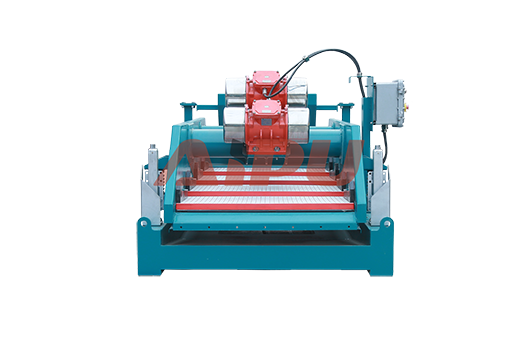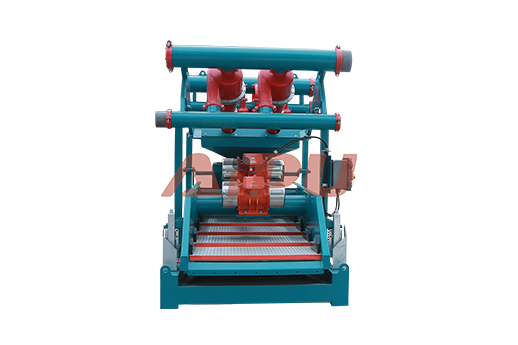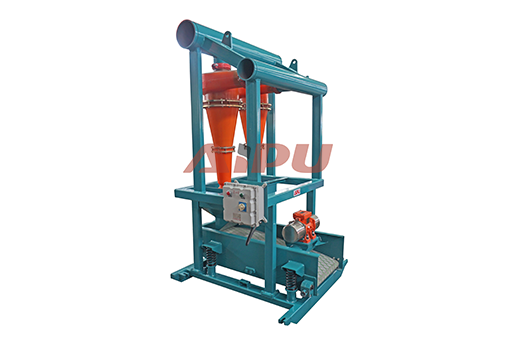From Primitive Tools to Advanced Systems
Solids control equipment plays a crucial role in various industries, especially in oil and gas drilling. Over the years, significant innovations have been made to enhance the efficiency, performance, and environmental friendliness of these systems. This article explores some of the key innovations in solids control equipment.
Advanced Separation Technologies
One of the most notable innovations in solids control equipment is the development of advanced separation technologies. Traditional methods often faced limitations in separating fine solids from drilling fluids. Newer systems, such as high - speed centrifuges, have been designed with improved bowl geometries and higher rotational speeds. These centrifuges can effectively separate particles as small as a few microns, ensuring a cleaner drilling fluid. Additionally, hydrocyclones have seen advancements in their design, with optimized cone angles and inlet configurations. This allows for better separation efficiency and a more precise control of the particle size distribution in the fluid.
Automation and Smart Monitoring
The integration of automation and smart monitoring systems has transformed solids control equipment. Modern equipment can now be automated to adjust operating parameters based on real - time data. For example, sensors can detect the density, viscosity, and solids content of the drilling fluid. Based on this information, the equipment can automatically adjust the speed of pumps, the flow rate, and the settings of separation units. Smart monitoring also enables remote operation and troubleshooting. Operators can access data from the equipment via the internet, allowing for quick response to any issues and reducing downtime.
Environmentally Friendly Designs
With increasing environmental concerns, there has been a push towards more environmentally friendly solids control equipment. Innovations in this area include the development of closed - loop systems. These systems minimize the discharge of waste materials into the environment by recycling and reusing drilling fluids. Additionally, new materials are being used in the construction of equipment to reduce the environmental impact. For instance, some manufacturers are using biodegradable polymers in the design of filter elements, which can break down naturally over time, reducing the amount of waste generated.
Compact and Modular Designs
Space is often a constraint in drilling operations. To address this, solids control equipment has seen innovations in compact and modular designs. Compact units are designed to take up less floor space while still maintaining high performance. Modular designs, on the other hand, allow for easy customization and expansion of the solids control system. Operators can add or remove modules based on the specific requirements of the drilling project. This flexibility not only saves space but also reduces the overall cost of the equipment by allowing for more efficient use of resources.
In conclusion, the innovations in solids control equipment are driving the industry forward. From advanced separation technologies to environmentally friendly designs, these improvements are enhancing the efficiency, performance, and sustainability of solids control systems in various industries.

Advanced Separation Technologies
One of the most notable innovations in solids control equipment is the development of advanced separation technologies. Traditional methods often faced limitations in separating fine solids from drilling fluids. Newer systems, such as high - speed centrifuges, have been designed with improved bowl geometries and higher rotational speeds. These centrifuges can effectively separate particles as small as a few microns, ensuring a cleaner drilling fluid. Additionally, hydrocyclones have seen advancements in their design, with optimized cone angles and inlet configurations. This allows for better separation efficiency and a more precise control of the particle size distribution in the fluid.
Automation and Smart Monitoring
The integration of automation and smart monitoring systems has transformed solids control equipment. Modern equipment can now be automated to adjust operating parameters based on real - time data. For example, sensors can detect the density, viscosity, and solids content of the drilling fluid. Based on this information, the equipment can automatically adjust the speed of pumps, the flow rate, and the settings of separation units. Smart monitoring also enables remote operation and troubleshooting. Operators can access data from the equipment via the internet, allowing for quick response to any issues and reducing downtime.
Environmentally Friendly Designs
With increasing environmental concerns, there has been a push towards more environmentally friendly solids control equipment. Innovations in this area include the development of closed - loop systems. These systems minimize the discharge of waste materials into the environment by recycling and reusing drilling fluids. Additionally, new materials are being used in the construction of equipment to reduce the environmental impact. For instance, some manufacturers are using biodegradable polymers in the design of filter elements, which can break down naturally over time, reducing the amount of waste generated.
Compact and Modular Designs
Space is often a constraint in drilling operations. To address this, solids control equipment has seen innovations in compact and modular designs. Compact units are designed to take up less floor space while still maintaining high performance. Modular designs, on the other hand, allow for easy customization and expansion of the solids control system. Operators can add or remove modules based on the specific requirements of the drilling project. This flexibility not only saves space but also reduces the overall cost of the equipment by allowing for more efficient use of resources.
In conclusion, the innovations in solids control equipment are driving the industry forward. From advanced separation technologies to environmentally friendly designs, these improvements are enhancing the efficiency, performance, and sustainability of solids control systems in various industries.








